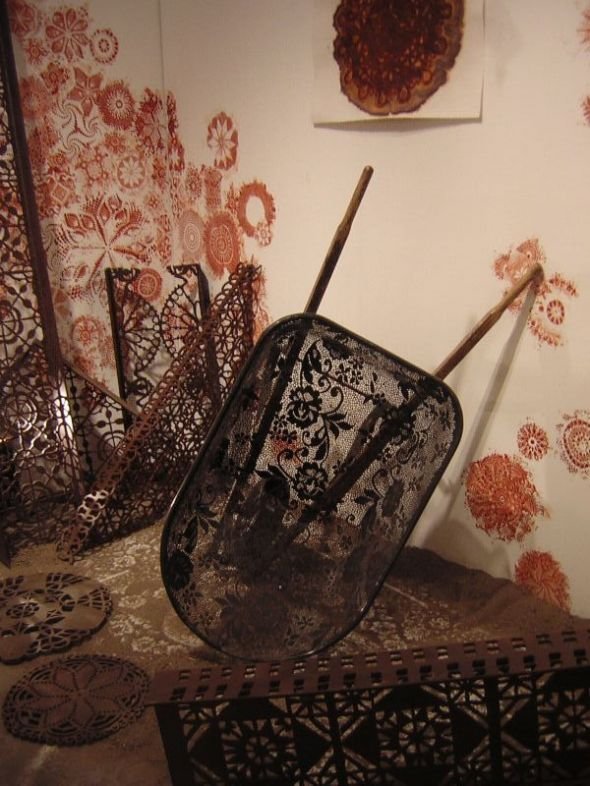|
|
Metal Cutting Woman Profession
|
Biology and sex
In terms of biology, the female sex organs are involved in the reproductive system, whereas the secondary sex characteristics are involved in nurturing children or, in some cultures, attracting a mate. The ovaries, in addition to their regulatory function producing hormones, produce female gametes called eggs which, when fertilized by male gametes (sperm), form new genetic individuals. The uterus is an organ with tissue to protect and nurture the developing fetus and muscle to expel it when giving birth. The vagina is used in copulation and birthing (although the word vagina is often colloquially and incorrectly used for the vulva or external female genitalia, which also includes the labia, the clitoris, and the female urethra). The breast evolved from the sweat gland to produce milk, a nutritious secretion that is the most distinctive characteristic of mammals, along with live birth. In mature women, the breast is generally more prominent than in most other mammals; this prominence, not necessary for milk production, is probably at least partially the result of sexual selection.
An imbalance of maternal hormonal levels and some chemicals (or drugs) may alter the secondary sexual characteristics of fetuses. Most women have the karyotype 46,XX, but around one in a thousand will be 47,XXX, and one in 2500 will be 45,X. This contrasts with the typical male karotype of 46,XY; thus, the X and Y chromosomes are known as female and male, respectively. Because humans inherit mitochondrial DNA only from the mother's ovum, genetic studies of the female line tend to focus on mitochondrial DNA.
|
|









